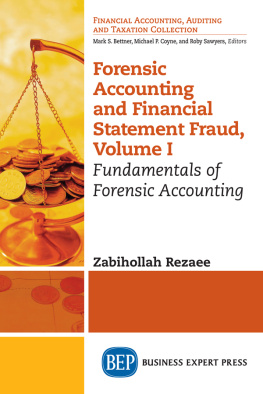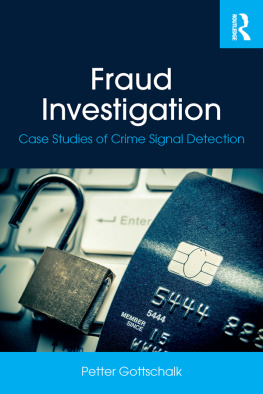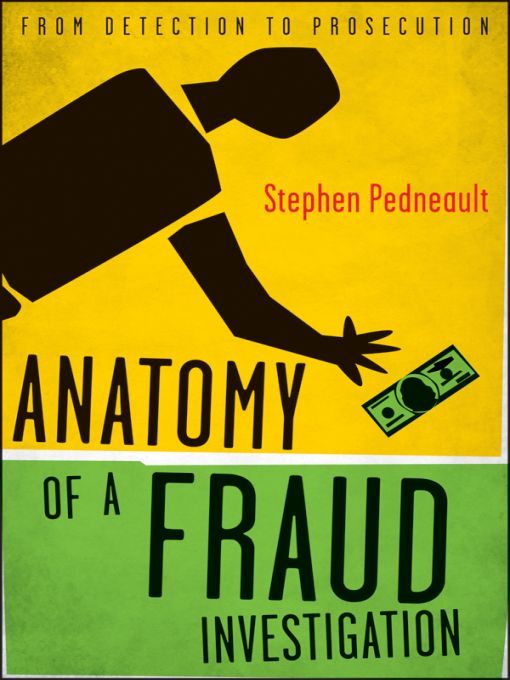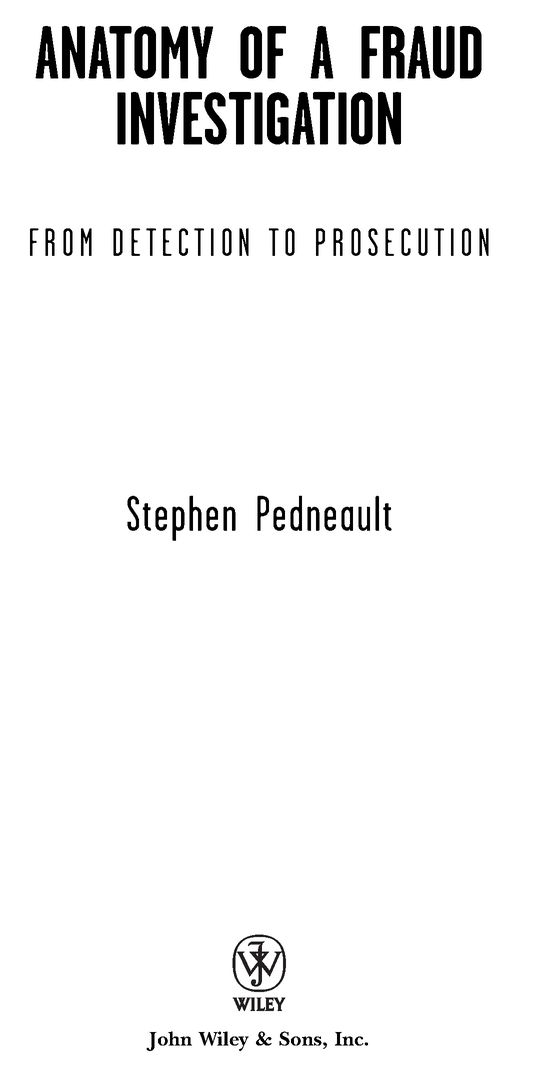Table of Contents
With deep appreciation and love, for my parents, Gerry and Dot.
Your personal sacrifices gave me so many opportunities
growing up. Your strong work ethic, sense of values, and ideals
created the foundation for the man I strive to be today.
*
Thank you,
Steve
ACKNOWLEDGMENTS
To my family, who allow me the time I need to accomplish so much in so little time, who may not know how much I value the time we spend together (away from my work), and who provide me with the spirit and energy needed during my often long hours of work.
To my friends and trusted advisors, who at times think I am crazy with the number of projects and endeavors I undertake simultaneously, yet continue to support me and my decisions anyway.
To Helen Koven, my friend and publicist, whose vision and drive is nothing less than that of Walt Disney himself, the brains behind the curtain just beyond the spotlight, continually demonstrating her experience and expertise in marketing and promotion.
To Timothy Burgard, Stacey Rivera, Lisa Vuoncino, and all the folks at Wiley who have been a delight to work with in publishing my first book, Fraud 101, and who have extended themselves once again by creating a second opportunity for my writing.
To Lt. Albert J. Kerling, East Hartford Police Department (retired), who gave so much of his time and energy to the police explorer program, which provided me with much of my criminal justice knowledge and experience, and created the backdrop for my career decisions.
And to the Association of Certified Fraud Examiners, the premier international organization that provides superior educational opportunities directed to prevent fraud as well as investigate fraud, leading the world on their crusade to bring fraudulent activity back to a controlled level.
INTRODUCTION
When the case became available to the public, journalists flocked to the station to read the blotter details regarding the arrest. A well- known executive with strong community ties was charged with a financial crime involving a very reputable non-profit organization. As the story broke that day to the public, it appeared in a local newspaper and on a local television station. A camera crew went to the suspects house to capture a distant glimpse of someone looking out an upstairs window for the six oclock news. Reporters fanned out to talk with neighbors about how great the suspect was, and how surprised they were to hear the news. Nothing sells better than unplanned reactions to shock-and-awe reporting.
When the printed story came out later that day, it was consistent with so many others similarly reported, and read as follows:
Controller Charged With Embezzling from Non-Profit Agency
James Smith, 43, was arrested yesterday on charges that he pilfered hundreds of thousands of dollars from his employer over the course of several years. Smith turned himself in to local authorities accompanied by his attorney after learning that police had secured a warrant for his arrest.
Smith started at Crestview as an accounting manager and rose through the ranks to become their controller. A surprise audit revealed Smith used the organizations credit cards for personal expenses in support of his lavish lifestyle, including trips he took throughout the world. Funds intended for Crestview were diverted into a bank account opened by Smith that he allegedly used to pay the credit card activity each month.
Shortly after the discovery, Smith was placed on administrative leave. As part of the negotiations for a potential plea deal, Smith purportedly agreed to initially return $78,000 and make restitution to Crestview for the full amount of their loss.
Smith was released on a $100,000 bond and is scheduled to appear in court next month on March 29th. No one answered the phone at Smiths residence, and messages left for his attorney went unreturned.
The story appeared that day, and nothing further was ever heard again on the matter until the day of Mr. Smiths sentencing. Even then the medias attention was limited to a very small follow-up article revealing no new or additional details about the case. No television crews were at the courthouse, and no reporters went to Mr. Smiths neighbors for comment and reaction to the sentence handed down. There was nothing reported from the media because it had become old news and there were other things happening in the world worthy of attention.
There was nothing unique about this story. In fact, the only thing that was even remotely unique was that it initially appeared in earlier stories at all. Most fraud cases, especially thefts and embezzlements, never even make it to the publics eye for many reasons. Statistically, one in nine matters ever appear in the media, and I know from my own personal experience that one is nine is pretty accurate.
Cases are often resolved quietly under confidential circumstances, and when they are reported for public access, they appear in abbreviated fashion. The lack of stories and details give readers little or no means of learning how these types of cases occur or are discovered, investigated, and ultimately resolved. For experienced and inexperienced fraud professionals alike, there is little available to initially learn or keep abreast of the latest fraud tactics. Readers want details. I want details. The problem is I never find them.
The stories and cases that actually do grab the medias attention merely report the end result of weeks, months, and even years of investigative procedures. Due to space, time, and cost limitations, only select highlights or points are typically included to tell the story. Along the lines of Sergeant Joe Fridays approach from the television series Dragnet, the story omits all the rich details in exchange for the Just the facts, Maam writing style.
What about how the case came to light in the first place? How about the stakeout and raid used to secure much of the evidence that was instrumental in leading to the arrest? Who were the individuals behind the scene putting the case together, sifting through ledgers, canceled checks, and other records that comprised a mountain of evidence? Who handled all that information, and where does one store that kind of evidence? What else was found during the investigation, and where did it lead in the case? Who were the witnesses, and did the suspect act alone or with the assistance of an accomplice? Were computer forensics involved, and what was discovered on their computers? We want the juicy details that are next to never reported.
The rich details are rarely found in the news stories, and are lacking in most books published on fraud and fraud investigations, yet the who, what, where, when, how, and why are the very details sought by readers of all levels, within and beyond the fraud profession. There is such a need to tell the full tales of the unsung heroes (if you will) who bring their expertise and experience into an investigation to help solve a particular matter or crime. I know from my own experience that getting paid for the work is a motivator for many, but many fraud investigators like myself simply enjoy the challenge of piecing together a fraud investigation. Persisting on a minor detail that leads to the discovery of major information, or listening to a witnesss or suspects story or explanation, only to systematically lead them through an unraveling at their own hands, is what drives me.







